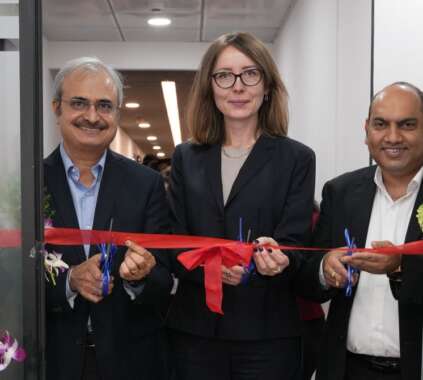Let’s talk numbers! An astonishing 70% of digital transformation projects reportedly fail – despite it being an all-encompassing focus for enterprises for over a decade. There could be several reasons for a digital transformation initiative to misfire. But, one of the key reasons is a ‘wrong start’, says Mani Mulki, Operating Director for Technology at Kedaara Capital and one of the topmost tech transformation gurus in the industry.
Mani has led several transformation projects during his illustrious career as a CIO, working for many iconic brands like Tata Capital, ICICI, Godrej and Pidilite. And his biggest takeaway – digital transformation is about putting process before technology.
In an exclusive interaction with CIO Dimension, Mani Mulki lays out the complexities of digital transformation and explores where organizations go wrong.
Watch the full video here:
“Most often, companies fail to understand what it really takes to digitally transform. It’s very easy to get a digital landscape in place. The tough part is doing the ‘transformation’ bit. A lot of organizations that embark on digital transformation merely automate whatever they are doing currently. Very few organizations actually question the status-quo,” he says.
From his on-the-ground experience spearheading several digital transformation projects, Mani concludes that organizations that successfully transform themselves go back to the basics and challenge the existing processes.
Mani has successfully amalgamated some of these best-practices to his current role, where he has the larger mandate of guiding a diversified set of Kedaara’s portfolio companies – spanning across healthcare, financial services, pharma, manufacturing and consumer tech. He works with key stakeholders of these portfolio companies in devising robust technology roadmaps that aligns tightly with the desired business outcomes.
“I am pleased to be able to move into an influencer’s role from an operational role,” he says.
And that’s perhaps a natural transition that every CIO seeks to make, in order to create a larger impact both within and outside the organization.
As someone who has closely witnessed the evolution of the CIO role, Mani believes that the CIO role will disappear before long. In its stead, something more powerful will emerge. “IT was a complex function a few years ago and that’s what lent that complex credibility to the CIO or CTO title. With the advent of Cloud and other models, the use cases are more important than the technology itself. The role of a CIO or CTO will hence diffuse into that of a ‘chief transformation officer’ and the potential for that is going to be massive,” he sums up.
Also watch:
Innovation talk: Muralidharan Ramachandran, Tech Evangelists & CIO of Startek
Shweta Srivastava, Head – IT Applications, JK Cement on the impact of LCNC on app development
Maheswaran S, Country Manager, Varonis, on shifting to data & user-centric security













